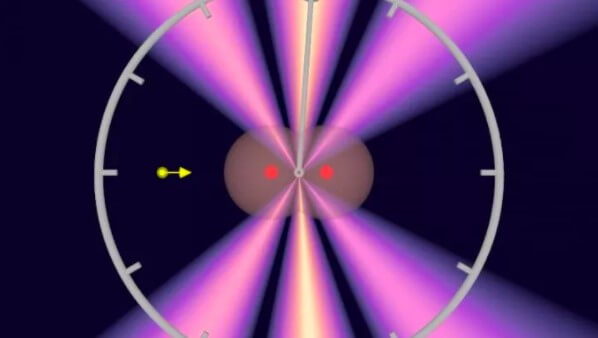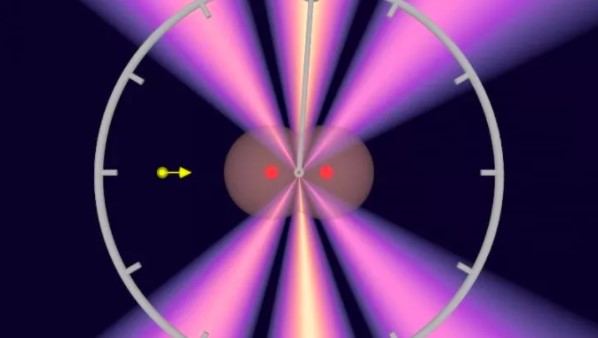

Meet the zeptosecond, the shortest unit of time ever measured
 Advanced
Advanced
2020/10/27 16:19
1. realm (n)
an area of interest or activity
2. increments (n)
one of a series of increases
3. physicist (n)
a person who studies physics or whose job is connected with physics
4. bounced (v)
to (cause to) move up or away after hitting a surface
5. interference (n)
an occasion when someone tries to interfere in a situation
6. measure (v)
to discover the exact size or amount of something
7. particle (n)
an extremely small piece of matter
8. skip (v)
to move lightly and quickly, making a small jump after each step
Meet the zeptosecond, the shortest unit of time ever measured

Scientists have measured the shortest unit of time ever: the time it takes a light particle to cross a hydrogen molecule.
That time, for the record, is 247 zeptoseconds. A zeptosecond is a trillionth of a billionth of a second, or a decimal point followed by 20 zeros and a 1. Previously, researchers had dipped into the realm of zeptoseconds; in 2016, researchers reporting in the journal Nature Physics used lasers to measure time in increments down to 850 zeptoseconds.
This accuracy is a huge leap from the 1999 Nobel Prize-winning work that first measured time in femtoseconds, which are millionths of a billionths of seconds.
It takes femtoseconds for chemical bonds to break and form, but it takes zeptoseconds for light to travel across a single hydrogen molecule (H2). To measure this very short trip, physicist Reinhard Dörner of Goethe University in Germany and his colleagues shot X-rays from the PETRA III at Deutsches Elektronen-Synchrotron (DESY), a particle accelerator in Hamburg.
The researchers set the energy of the X-rays so that a single photon, or particle of light, knocked the two electrons out of the hydrogen molecule. (A hydrogen molecule consists of two protons and two electrons.) The photon bounced one electron out of the molecule, and then the other, a bit like a pebble skipping over the top of a pond.
These interactions created a wave pattern called an interference pattern, which Dörner and his colleagues could measure with a tool called a Cold Target Recoil Ion Momentum Spectroscopy (COLTRIMS) reaction microscope. This tool is essentially a very sensitive particle detector that can record extremely fast atomic and molecular reactions.

- What would you like to know about time?
- Do you ever waste time?
- What do you think of when you hear the word ‘time’?
“Time is free, but it’s priceless. You can’t own it, but you can use it. You can’t keep it, but you can spend it. Once you’ve lost it you can never get it back. “
Harvey Mackay


